Dioxins are highly toxic chemical compounds that are persistent organic pollutants (POPs). Most are by-products of various industrial processes, and in the case of polychlorinated biphenyls (PCBs) and polybrominated biphenyls (PBBs), they are part of some mixtures produced.
The dioxin content is the sum of polychlorodibenzo-para-dioxins (PCDD) and polychlorodibenzofurans (PCDF), expressed in toxic equivalents of the World Health Organization (WHO) for the application of TEF-WHO (toxic equivalence factors, 1997). The content is expressed in higher content, in other words the contents are calculated assuming that all values of related elements different less than the detection threshold are equal to the detection threshold.
Dioxins are fat-soluble toxic substances and therefore accumulate mainly in adipose tissue. In addition, they are persistent, and those released into the atmosphere many years ago still make “victims”, contributing to the current exposure. And very low levels of dioxins in the body cause negative effects, even if they are imperceptible for a long time.
Because they accumulate and have a long half-life, chronic exposure can lead to health consequences such as: reproductive dysfunction, thyroid disorders, diabetes, endometriosis, impaired immune and nervous system (central and peripheral), sarcoma and chloracea. . At very low concentrations they can be dangerous. For a long time, they have a negative effect on the body’s immune system, causing serious diseases of the skin, respiratory tract, thyroid gland and digestive tract. Tests performed on animals have also shown carcinogenic effects.
The best known dioxin is tetrachlorodibenzo dioxin, – TCDD; the so-called Seveso poison (toxin). The name comes from the serious chemical accident at Seveso. Even just one millionth of a gram (1 / 1,000,000) concentration per 1 Kg. Body weight can become deadly to the body.
Once the dioxin is produced (generated) and entered the environment, it degenerates (degrades) only very slowly, possibly locating in the human or animal body. However, most (90-95%) of the burden (poisoning) of a human body can be done only by eating meat or dairy products polluted by dioxin.
Dioxins arise from combustion processes at certain temperatures, where chlorine and carbon are involved. Forest fires or volcanic eruptions can be cited as examples. Also, in production processes with the participation of chlorine, dioxins can be generated. It is estimated that dioxins arise at combustion with a temperature above 300 ° C and are destroyed at above 900 ° C.
ICA R&D offers both measurement services to verify emissions and ambient air, as well as the analysis of many different matrices, such as: food of animal or plant origin, feed, plants, air, industrial products, residues, sludge and water.
Due to the danger of POPs to humans and nature, these substances have been introduced in national and international treaties and directives in order to minimize and stop the circulation of these pollutants in the environment or even to ban their manufacture and use.
In ICA R&D laboratories, dioxins are analyzed in accordance with accepted European directives and certified or on-demand procedures in accordance with European standards. Our experts are happy to discuss the requirements of these directives and advise on how to comply with them.
For more information, you can always contact an ICA R&D representative, to provide you with all the necessary information and guide you in choosing the set of analyzes you need so that we can then make you an offer of services appropriate to the situation and your product.
Our most common tests & services
Analysis, tests, audit, monitoring.
Analysis, tests, audit, monitoring.
Analysis, tests, audit, monitoring.
Analysis, tests, audit, monitoring.
All our tests & services
Analysis, tests, audit, monitoring.
Analysis, tests, audit, monitoring.
Analysis, tests, audit, monitoring.
Contact us for personalized research and develpoment services.
Specialized consultancy in terms of product quality and safety.
Specialized inspection and audit in the field of food production.
Training and development opportunities in a laboratory with modern equipment.
Scientific research and development center.
